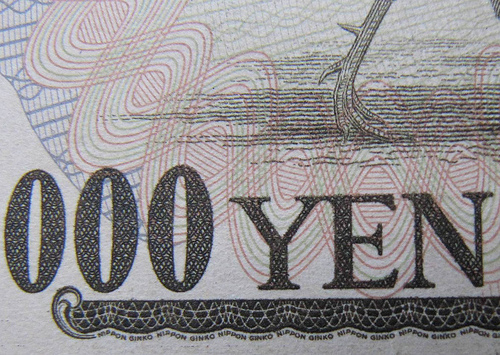Sometimes it pays to go against the crowd and invest in the stocks and sectors that Wall Street reviles the most.
For example, one of the most hated industries at the end of 2012, solar energy stocks, turned into one of this year’s best performers. The Guggenheim Solar ETF (TAN) is up about 124% year to date as of Dec. 17.
Of course, it’s not easy to step up and buy what everyone else seems to hate. It’s far easier to run with the pack, rather than court the risk of having egg on your face if you’re wrong. The S&P 500 is up nearly 30% this year so many investors feel good buying U.S. large-cap stocks.
Indeed, many professional investors fail to beat the market because they’re afraid to jeopardize their reputations if things don’t play out as they expect, reports Julie Segal for Institutional Investor. She writes:
In fact, playing it safe — driven by investors’ fear of putting their careers on the line — may be one of the biggest enemies of alpha, or risk-adjusted returns above a market benchmark.
The desire to follow the herd is just one of many psychological biases that prevents successful investing. The entire field of behavioral finance is devoted to the countless ways investors shoot themselves in the foot.
Yet contrarian investing is not for the faint of heart. It requires fortitude, patience and the ability to cut losses and move on if necessary. Contrarian investing isn’t about simply buying the sectors that have fallen the most. Investors should also have a theory why a particular market is oversold and ripe for a turnaround.
The risks are high, “but the return is of such an astounding magnitude, you’re willing to do it,” Brian Singer, manager of the William Blair Macro Allocation Fund, recently told Bloomberg News. The report notes:
Don’t try to catch a falling knife. It’s one of the oldest saws on Wall Street. But to make a lot of money, sometimes you have to get a little bloody.
After such a big rally in U.S. stocks this year, Singer and other contrarian investors are looking at underperforming assets such as the Indian rupee and municipal bonds as potential bargains.
Here are three other contrarian investing ideas for 2014 gleaned from this year’s worst performers:
1. Gold miners: Gold will end its multiyear winning streak in 2013 but gold miners have been even worse — Market Vectors Gold Miners ETF (GDX) has lost more than half its value this year. David Levine recently added some miner stocks to Aspect Large Cap Value portfolio, which he manages on the Covestor platform, as a contrarian play. “I want exposure to gold and silver,” Levine said. “But I own miners instead because they can pay a dividend, appear cheap relative to their assets, and potentially offer more volatility to the upside if metals prices turn.”
2. Emerging markets: It has been a rough year for developing markets. The S&P 500 is having a monster year but iShares MSCI Emerging Markets (EEM) is off by nearly 7%. However, it could be a mistake to give up on emerging markets, which offer higher economic growth rates and potential diversification. “About two years ago in 2011 a lot of Wall Street analysts were high on emerging markets and recommending them to investors. Everyone was excited about emerging markets after several years of outperforming developed,” says Rick Dworaczyk, the chief financial officer at Foresight Financial who also manages the Lower Volatility Returns portfolio on Covestor. “Now, emerging markets are unpopular after their relatively poor performance. Valuations are lower, so it could be a better entry point for investors.”
3. Japanese yen: One of the most popular trades in 2013 was to go long Japanese stocks and short the yen. That trade has worked like a charm this year with Japanese Prime Minister Shinzo Abe orchestrating a potent mix of fiscal stimulus, monetary easing and tax incentives. The yen is trading near a five-year low versus the U.S. dollar and the CurrencyShares Japanese Yen Trust (FXY) is down about 16% this year. Yet with Japan still facing multiple debt-related and economic headwinds, that popular trade could unwind in 2014. Therefore, the Japanese yen is an intriguing contrarian investment heading into the new year.
Photo Credit: IvanWalsh.com
DISCLAIMER: The investments discussed are held in client accounts as of November 30, 2013. These investments may or may not be currently held in client accounts. The reader should not assume that any investments identified were or will be profitable or that any investment recommendations or investment decisions we make in the future will be profitable. Investors cannot invest directly in an index. Indexes have no fees. Foreign investments may be volatile and involve additional risks including currency fluctuations, and political and economic uncertainties. Past performance is no guarantee of future results.








